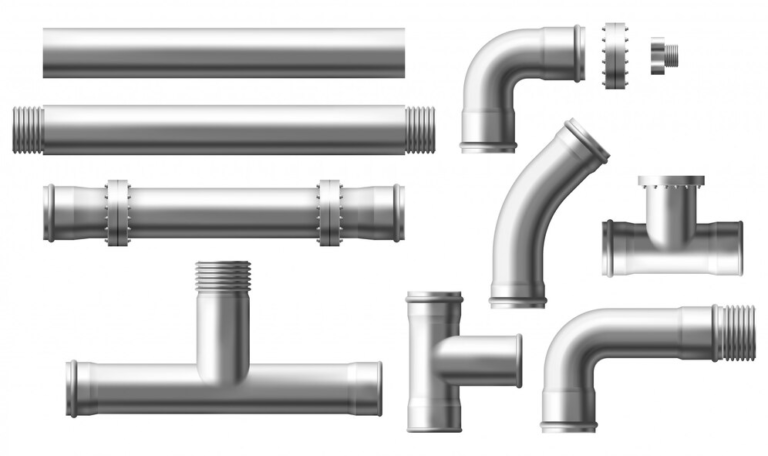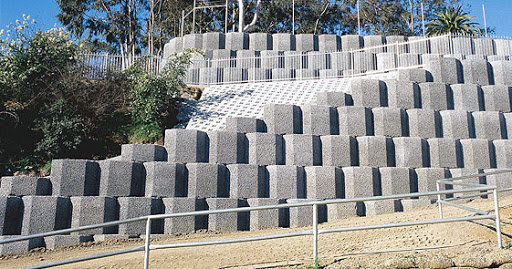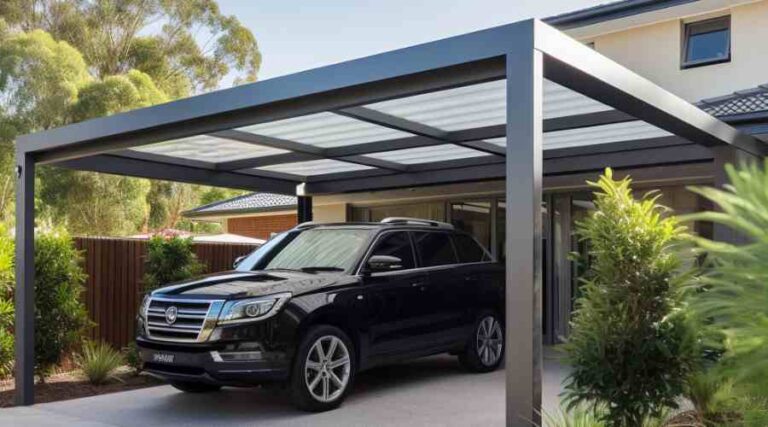Elevating Your Workspace: The Impact of the Perfect Boardroom Table
In many corporate environments, the boardroom is a central hub where critical decisions are made, strategies are formed, and significant discussions take place. The design of this space, and notably the choice of boardroom tables, can vastly influence the atmosphere, functionality, and even the dynamics of interaction within the room. As such, furnishing a boardroom with the perfect table should be a thoughtful process, underpinning the significance of this corporate milieu.

The Significance of Boardroom Aesthetics
First impressions can be lasting, and the boardroom is often where a company can signal its values, stability, and success to potential clients or partners. Selecting the right boardroom tables goes beyond mere functionality; it speaks to the overall aesthetics of the space. High-quality, well-designed tables can set the tone for professionalism and sophistication.
Design and Material Considerations
When considering the design of a boardroom table, it’s important to contemplate the existing interior architecture and corporate branding. Materials range from classic woods to modern glass and metal composites, each bringing its unique style and energy to the room. A well-chosen table should complement the room’s decor and reflect the ethos of the organisation.
Functionality and Size
Practicality is paramount in choosing the correct boardroom table. Size matters: the table must accommodate the typical number of attendees while allowing comfortable space for movement. It also must support the technological needs of the modern business, including integrated solutions for teleconferencing and data exchange.
Dynamics of Boardroom Interaction
A boardroom table does more than just hold papers and laptops; it plays a significant role in shaping the communication flow within the room. The shape and size of a table can influence the hierarchy and interactivity among its users, hence affecting the outcome of meetings.
Choosing the Shape
Circular or oval tables might suggest a more egalitarian atmosphere, promoting open dialogue among all present. Rectangular or square tables may reinforce traditional hierarchical structures, ideal for formal decision-making scenarios. The choice should align with the intended use and the culture of the enterprise.
Comfort Enhances Productivity
The comfort of the boardroom table and surrounding elements cannot be overlooked. Meetings often go on for lengthy periods, and an uncomfortable setting can be detrimental to focus and productivity. Ergonomic considerations are a must for any furnishing, but especially critical for boardroom furniture where comfort can impact the quality of conversations.
Reflecting Company Branding
The boardroom table can also be a part of the company’s branding strategy. Incorporating corporate colours, logos, or motifs into the table’s design can serve as a subtle reinforcement of the brand. It can be a statement piece showing the uniqueness and identity of the company.
Customisation Options
Many suppliers offer customisation options that allow businesses to create tables that are not merely functional but also bear the hallmark of the company’s identity. Through custom designs or features, companies can ensure their boardroom represents their brand accurately.
Investment in Quality
While budget considerations must be acknowledged, investing in the right boardroom table is investing in the future of the company’s internal and external relationships. Quality should take a precedence, ensuring longevity, durability, and ongoing representational excellence.
Making an Environmental Statement
Nowadays, companies are increasingly aware of their environmental impact. The choice of boardroom tables can contribute to this awareness. Opting for sustainably sourced materials and eco-friendly manufacturing processes is an important aspect of corporate social responsibility and can reflect positively on the company’s image.
Future-Proofing the Meeting Room
Technology is progressively shaping the future of corporate meetings. Modern boardroom tables should be adaptable to changing technologies. Having a table that can integrate new technologies ensures that the boardroom remains a cutting-edge space for years to come.
Supporting Collaboration Tools
A table’s design should adequately support the collaboration tools that are essential in today’s business world, such as video conferencing systems or shared screen capabilities. These features are critical for facilitating effective remote meetings.
Tending to Aesthetics and Acoustics
While the visual appeal of a table is evident, one should also consider the acoustics of the boardroom when selecting a table. Materials and the shape of the table can affect sound quality, which in turn, can impact the ability of individuals to communicate effectively during meetings.
Lighting Considerations
Good lighting is crucial in a boardroom environment, and the table often serves as a focal point for the lighting design. The right table should complement the overall lighting scheme, ensuring a well-lit space for productivity and ease of reading documents.
Maintaining an Agile Space
The world of work is evolving, and so too are the spaces we occupy. The modern boardroom table should facilitate agility; whether through modular designs that can be reconfigured or through lightweight construction that allows easy moving. Flexibility can ensure that the boardroom remains a versatile space for various types of gatherings.
Conclusion
The significance of the right boardroom table cannot be overstated. It is a centrepiece that not only reflects a company’s brand and ethos but also directly impacts the functionality, comfort, and collaborative efforts of those using the space. In choosing appropriate boardroom tables, businesses have the opportunity to enhance both the aesthetics and the practicality of their corporate environment, making a clear statement about their professionalism and forward-thinking approach to visitors and employees alike.






